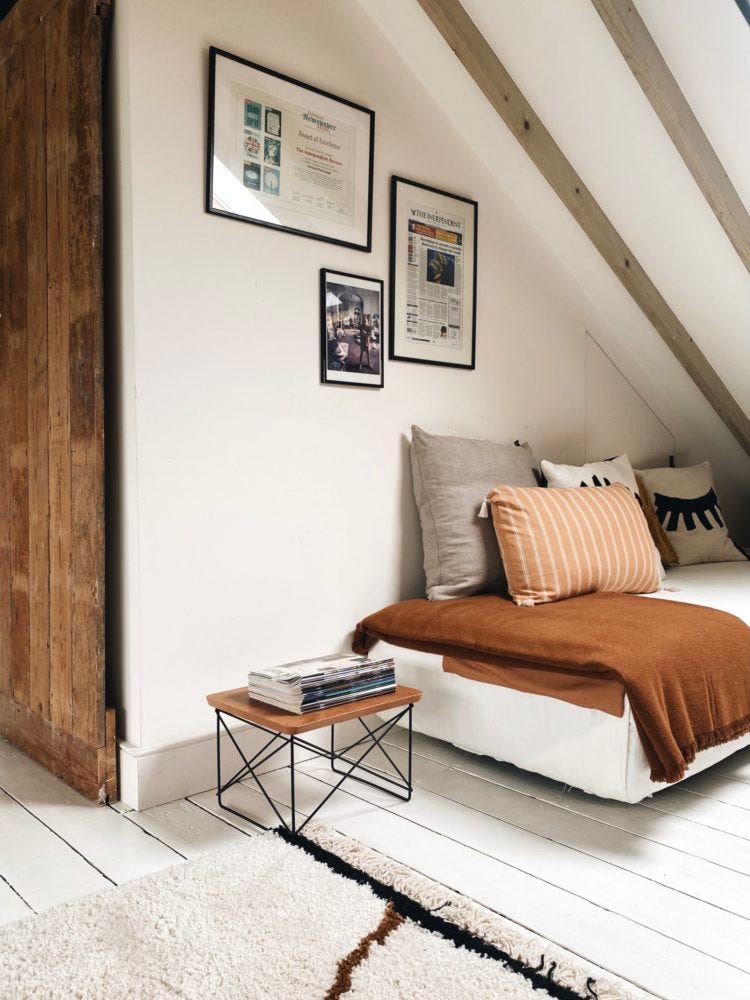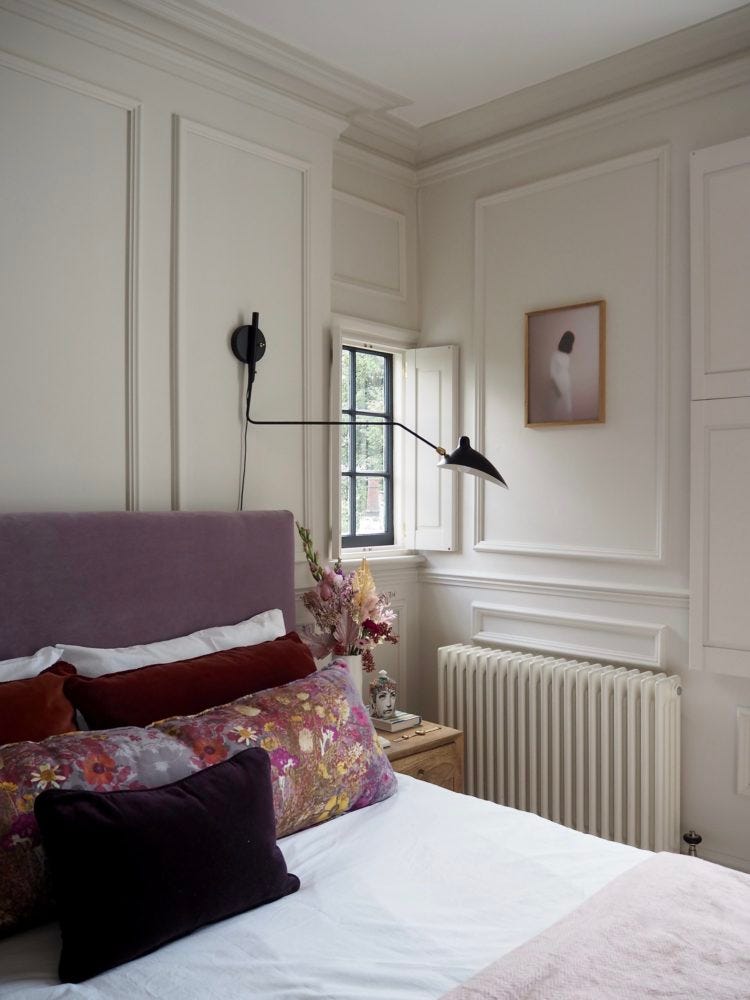How To Choose The Right White Paint
Now in theory this should be easy. White is white right? The perfect neutral that goes with everything. Except when it doesn't. Like grey (and how to choose the right shade of grey paint remains one of my most popular posts and, indeed let to a whole book) white is white in name only - and often not even then. It can have a green undertone that will make it cooler, a red one that can turn pink, while brilliant white can be too much in a period property although it can work in a modern building of straight lines and angles.
You have only to look at the Farrow & Ball page under white to see white with a hint of grey, or green, or yellow, not to mention red and then there are several options under each one. And given that you need to buy tester pots for each one because you can't tell how it will react in your own house it's an expensive rabbit hole to fall down. And you absolutely can't tell what it looks like from looking at a computer screen so obtaining a free colour card is your first task.
Given the difficulties of finding the right shade, I am sharing the opinions of a few experts today. And some tips to help you narrow down the sort of thing you might want. One thing that did emerge is that once people have found the right white they tend to stick to it. In my house that colour is Wimborne White by Farrow & Ball. I'm sure there are others that are equally lovely, but having gone through the mill of testers once and found a good one that's where it stops for me. It is, according to the paint company (which was recently sold for around £500m so it would seem someone wants to buy into the expertise) white with a hint of yellow that is one shade away from pure white. I often refer to it as a milk colour and it works in both north and south facing rooms in my house where it will appear like creamier milk under the golden south facing light and a bit semi-skimmed in the cooler north facing.
And that is the key.






